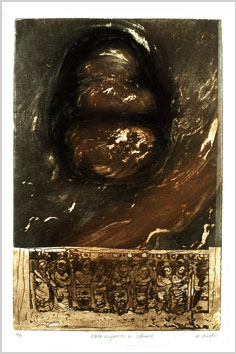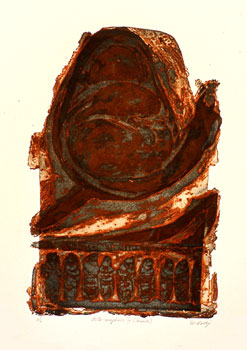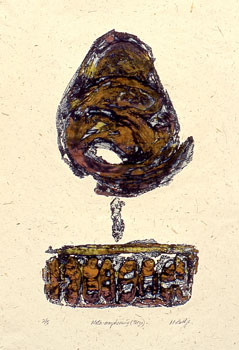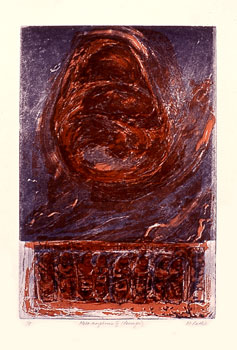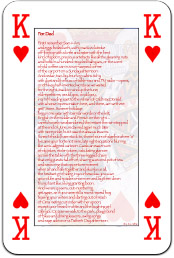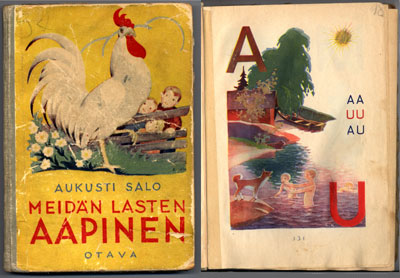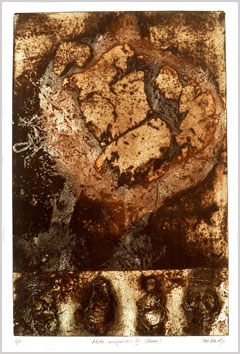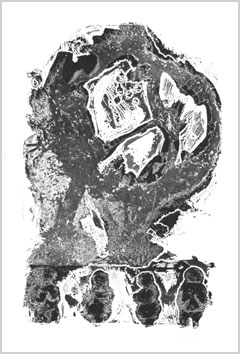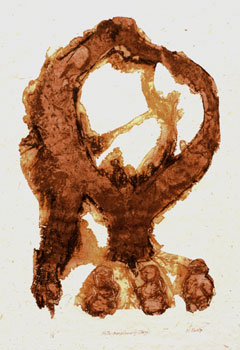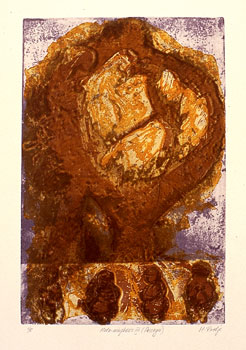Art in Canada & CBC
Surprise! Google News Canada had linked for a short while, two articles about Art in Canada.
Art Matters, by Matthew Teitelbaum, director and CEO of The Art Gallery of Ontario, in the Toronto Star makes several interesting and valid points particularly about art education and the role of galleries: Artists create, not to communicate with themselves, but to communicate with others and, even then, the artist is not fully in control of all the meanings. Good art has multiple meanings and a great depth of meaning. The viewer discovers something new with each encounter. The art gallery must encourage this experience.
According to the Canada Council for the Arts, the visual arts is a billion-dollar business that affects the lives of 7.5 million Canadians. Yet the platforms of our federal political candidates are largely silent on arts and culture.”
(For my non-Canadian readers – we have a national election campaign underway.)
Mirrors of the soul by MICHAEL VALPY in the Globe & Mail explores the spiritual resonance of paintings by Turner, Whistler and Monet currently showing in the Art Gallery of Ontario.
UPDATE: I almost forgot, there is an important support a stronger CBC campaign going on. Read all about it on chandrasutra’s blog.*. If you are a Canadian concerned about our culture, please sign up!
*expired link removed
